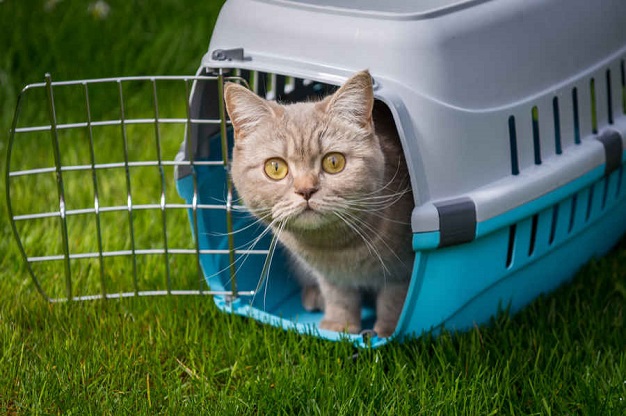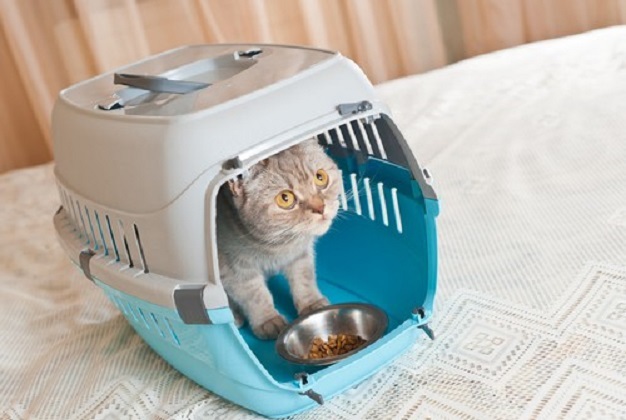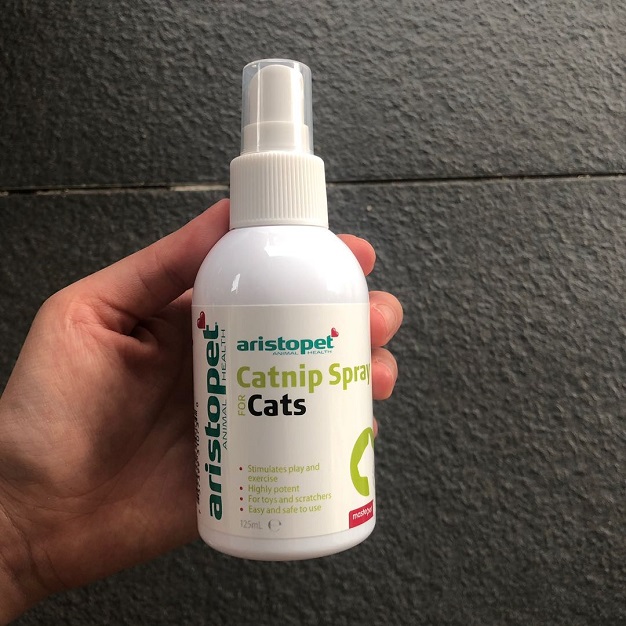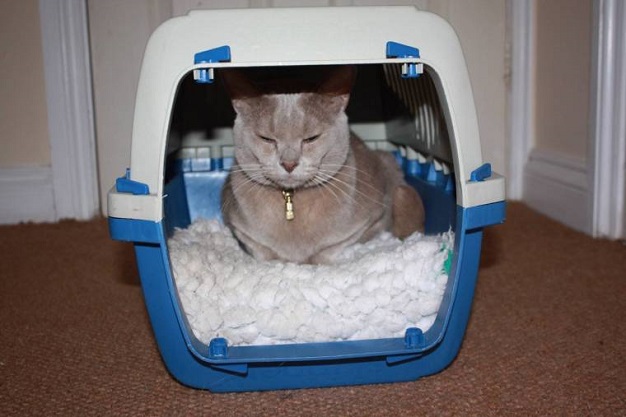The Importance of Choosing the Right Size of Cat Carrier for Your Next Trip
When it comes to transporting a cat by car over a long distance, having a good cat carrier is a must. The thing is, having your cat roaming free in your car while driving could pose a serious risk to yours and the safety of other traffic participants. Keeping your ball of fur safely secured in a cat carrier will give you peace of mind while you are driving and ensure she is safe
Nowadays, you can find your ideal cat carrier online to suit your specific kind and size of a cat. Many people tend to think that the bigger the carrier is – the better. And similarly, the more expensive it is, the higher quality it is. The truth of the matter is, getting a carrier that is too big will leave your cat feeling anxious and isolated. A carrier that is too small won’t be comfortable either. At this point, you might be asking yourself – how big should my cat carrier be?
The general rule of thumb when getting the right carrier size is that it should be significantly larger than your cat’s dimensions so that her movement within it is not restricted. To avoid making mistakes, take your cat’s actual measurements. While she is standing, take her measurement from the tip of the nose to the tip of the tail. Add 10 centimetres to this measurement. The extra room will allow your cat to wag or raise her tail without being excessively restricted by the carrier.

Another important thing that you’re probably asking yourself is – ‘how high should my carrier be’. Ideally, you should measure from the floor to the top of your cat’s head to get her height. Again, add 10 centimetres to the number you get to provide your cat ample room to stand without her back constantly scratching the roof, which can be really uncomfortable. These dimensions will give you the approximate length and height of the suitable sized carrier for your furry pal. If you are planning a long journey with your pet, you should also make sure there is enough room inside the carrier to accommodate a food and water bowl and a litter tray. You will find many models of cat carrier online that already come with these items.

Considering the fact that some cats hate going in cages, it may be a good idea to get a carrier that opens from the top. This will prevent you from trying to jam your cat inside the cage as you can just set her down gently inside the carrier. If you’re wondering how to get an aggressive cat into a carrier, your best bet is following this simple process. Start by putting the carrier in the cat’s favourite room and leaving it open there for a week before she needs to be in it. This will allow her to explore and sniff out the new territory and get used to it in her own time. Feeding your cat several times in the carrier may also help her to get used to it. If your pet refuses to eat with her bowl in the carrier, try moving the bowl a little closer each following meal, eventually ending up inside the carrier.

Another great way to help your cat make a positive association with her crate is by using a calming spray. These products are made to mimic the soothing pheromones that cats release. Every day, spritz a few pumps of it on a towel and place the towel into the carrier to help reduce and prevent stress. You can also put a little catnip in her crate on a regular basis. Positive associations can also be formed by feeding your cat treats and petting or brushing her while she is in the carrier. Also, consider putting some of your kitty’s favourite toys in the carrier.
Once your cat gets used to her crate, it’s time to hit the road. Whenever possible, stay where your cat can see you while she’s in the crate. Place the crate in a position that your cat can see you while you are driving and make eye contact with her whenever possible. Talking with her can help her feel less anxious. You can also try putting your fingers through the grates in the crate and allow her to rub her head all over your fingers. We all love being soothed by cuddling, don’t we?
The day you’re travelling, limit your cat’s food intake to help prevent nausea and minimize bathroom use. If your cat has had a bad experience travelling in the past, consider talking to your vet about prescription solutions. You can find various anti-anxiety and anti-nausea medications for cats if needed. Although it is not necessary to use a cat sedative for travelling by car, in some cases, medications can be a real saver for everyone.




